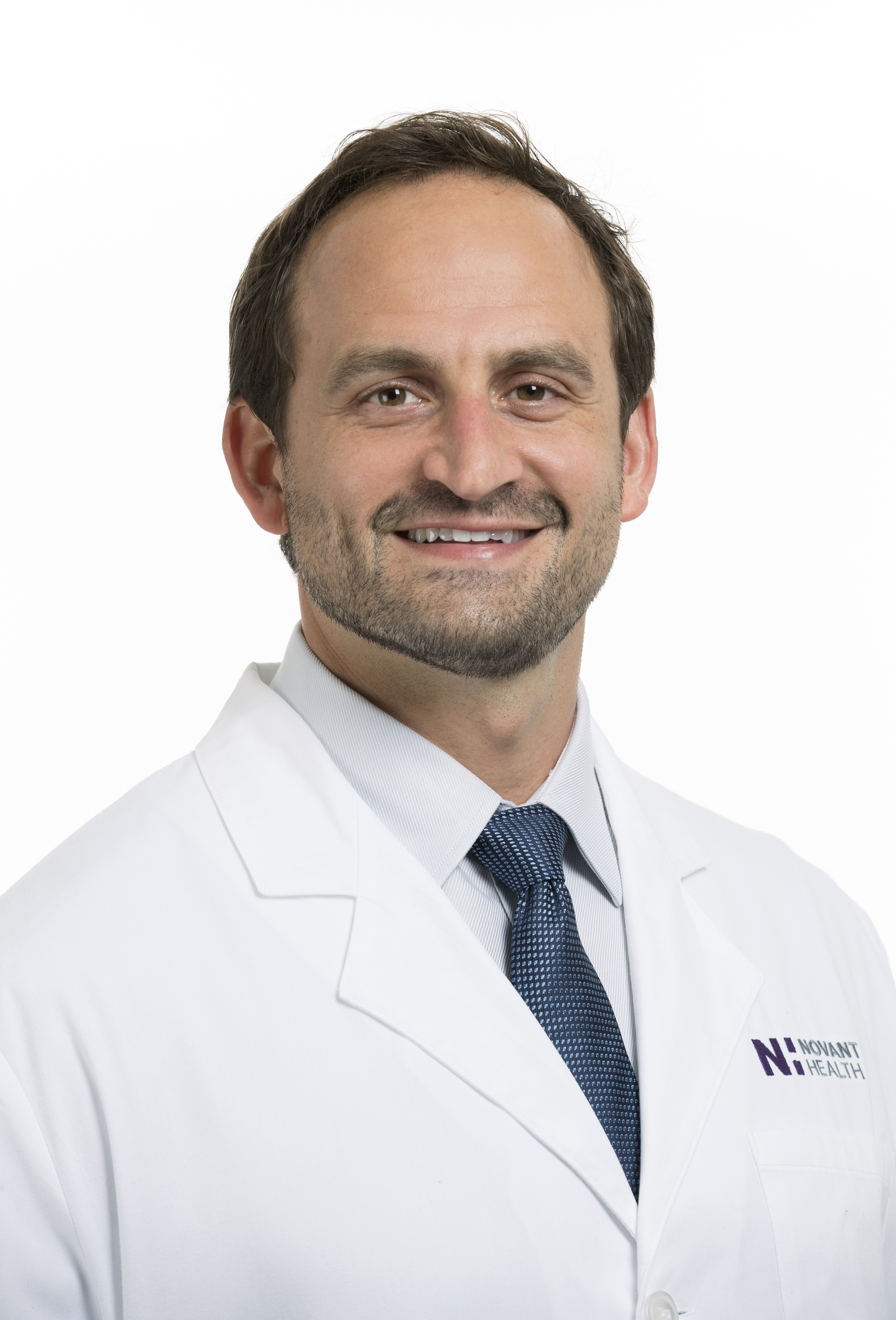Novant Health Urology is a leader in using advanced technology to treat benign prostatic hyperplasia (BPH), commonly known as an enlarged prostate. This condition affects approximately 50% of men aged 51 to 60 and 80% of those aged 70 or older, leading to symptoms such as frequent urination, urgency and difficulty in emptying the bladder.
Second-generation Aquablation therapy: A revolutionary approach
Novant Health’s urologic surgeons are proficient in the second-generation Aquablation therapy, a robotically assisted and image-guided system that employs real-time ultrasound imaging. Unlike the traditional TURP (transurethral resection of the prostate), which has been the standard treatment for BPH since the 1920s, Aquablation uses a heat-free waterjet to precisely target and remove only the excess prostate tissue.
“Because Aquablation is minimally invasive and robotic, patients experience quicker recovery, reduced risk of sexual/erection dysfunction, and fewer overall side effects. Typically, patients spend just one or two nights in the hospital and have their catheter removed within a few days.”

Novant Health urologist Jason Greenlee, DO, is an expert in minimally invasive and robotic surgery. “It’s important that patients follow the recovery instructions, but if they do, Aquablation allows for light activities to be resumed within a few days and strenuous exercise to be enjoyed after a few weeks,” he said. “While mild burning or stinging during urination is common, it usually subsides within weeks, and sexual activity can typically be resumed after urine clears and at least two weeks have passed.”
Key Differences Between Aquablation and TURP
TURP (Transurethral Resection of the Prostate):
- Traditional approach: Utilizes a resectoscope with a wire loop inserted through the urethra to cut away excess prostate tissue
- Heat-based technique: Employs electrical current to cut and cauterize tissue, which can lead to potential complications such as loss of erections, retrograde ejaculation and urination control issues
- Recovery: Involves a hospital stay of one to three days
- Effectiveness: Provides relief from BPH symptoms and improves urine flow
- Limited to prostates 80 grams or smaller
Aquablation:
- Robotically assisted and image-guided: With real-time ultrasound imaging
- Heat-free waterjet: Precisely targets and removes only excess prostate tissue, minimizing harm to surrounding healthy structures
- Reduced risk of sexual side effects: Lower rate of ejaculatory dysfunction and loss of erections compared to TURP
- Suitable for larger prostates: Can treat any-sized prostate
- Faster recovery: Most patients return to normal activities within two to four weeks
- Long-term durability: Provides greater symptom relief than TURP, and those effects are more durable than TURP
Precision and safety
Aquablation therapy is renowned for its precision. The procedure involves computer mapping of the resection zone prior to treatment, and real-time multidimensional ultrasound imaging ensures accuracy. This precision contrasts with TURP, where tissue is resected as the procedure progresses.
Patient candidacy and procedure details
Aquablation is suitable for all men, regardless of prostate size, unlike TURP. The procedure typically takes less than one hour, compared to one to two hours for TURP. General anesthesia is used, and a catheter is required during an overnight hospital stay. Most patients resume their normal lives without a catheter within a few days, although mild burning may persist for a couple of weeks.
When to refer your patients
If your patients experience symptoms such as a persistent feeling of a full bladder, frequent urination, weak urine flow, straining to urinate or waking up multiple times at night to urinate, they may benefit from a diagnosis and treatment at Novant Health.
“Don’t hesitate to give us a call,” says Dr. Greenlee. “We are ready to work with you to provide your patient with the most advanced treatment and compassionate care.”
In this episode of Meaningful Medicine, Dr. Marks explains specific causes of enlarged prostate and also discusses available treatments, including a new treatment option, aquablation.
What can you do about an enlarged prostate?
Contributing Subject Matter Experts:
Our Connected Care Commitment
- Save time. One centralized eFax handles referrals to all our North Carolina specialists.
- Accelerate care. Patients can get from referral to treatment with appointments available in as little as 48 hours.
- Higher patient satisfaction. Our optimized schedules and workflows create more appointment options for a smoother patient experience.
- Reduce administrative burden. Our process frees your team to focus on care, not coordination.
- 24/7 behavioral health. Patients can call 800-718-3550 anytime, with referral outreach within 48 hours.






